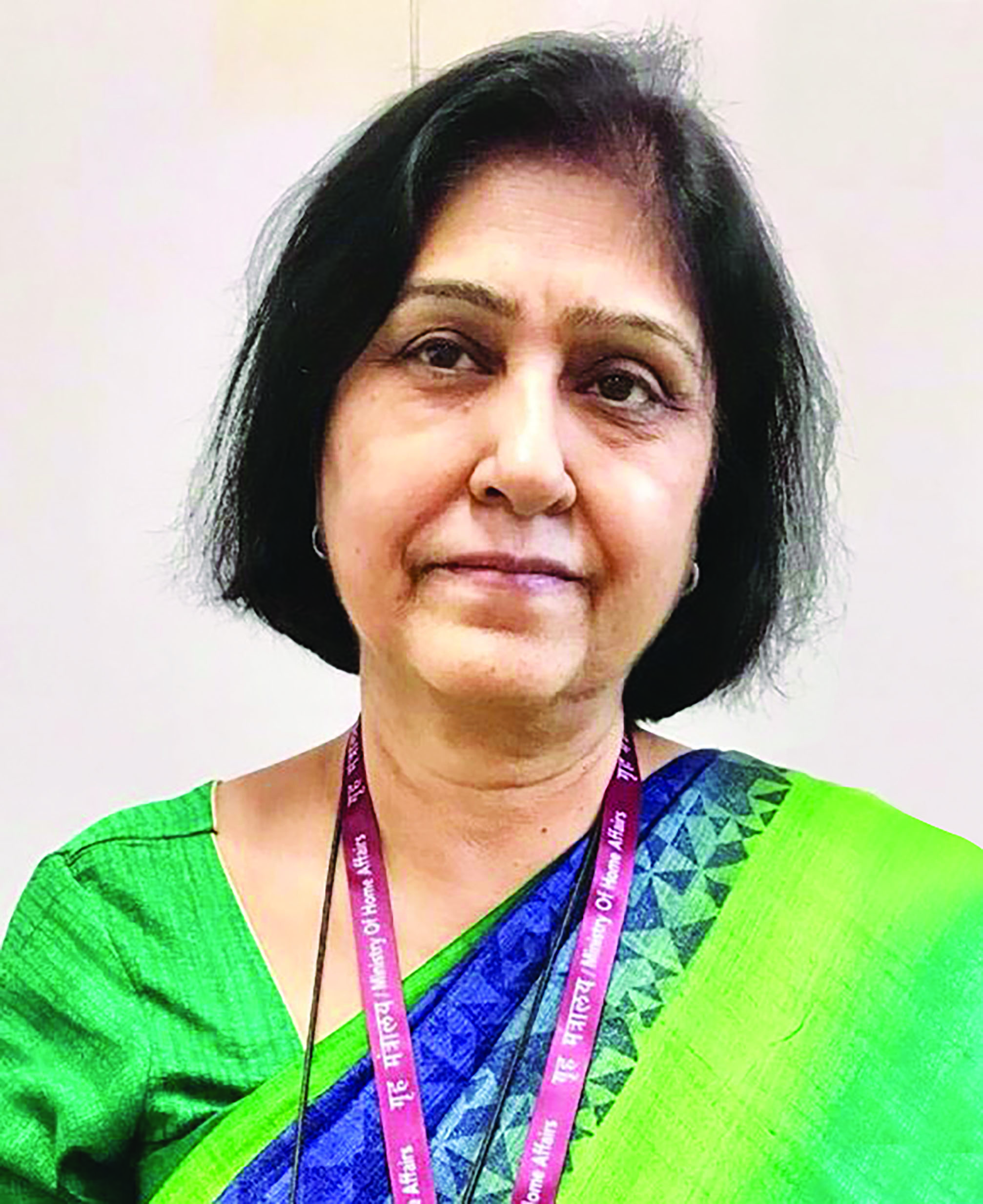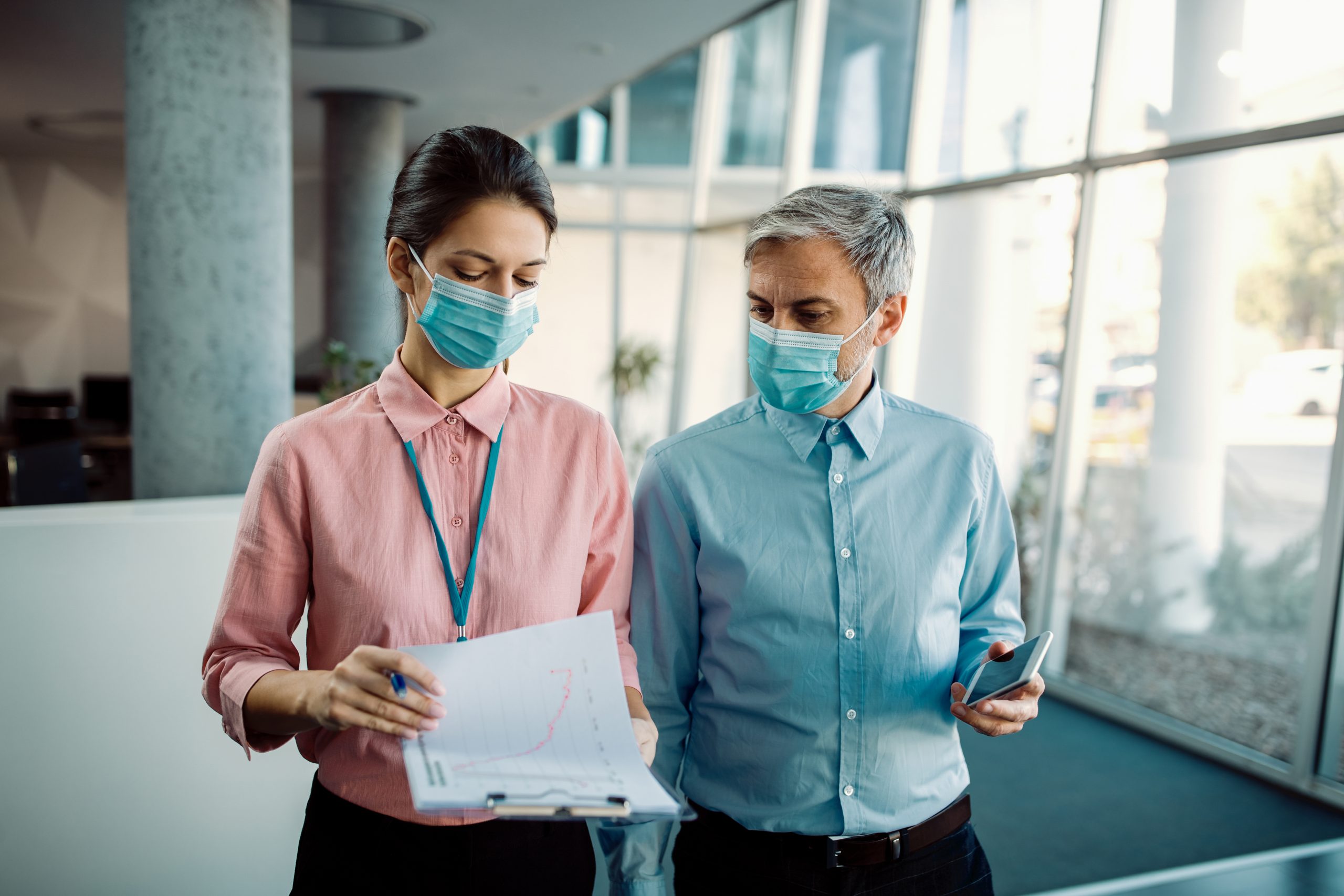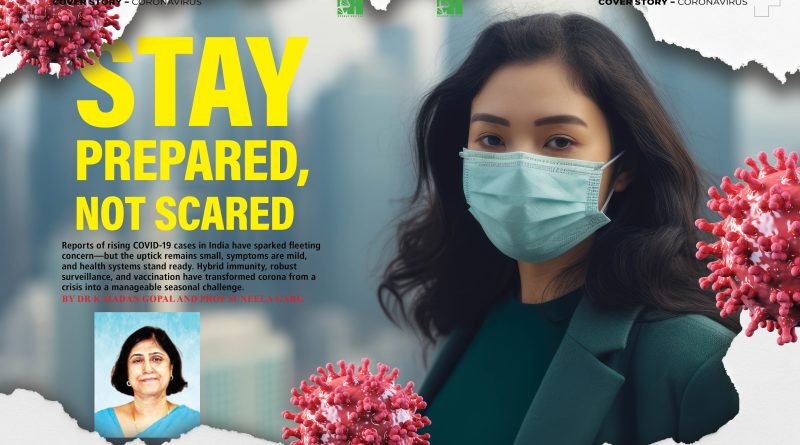Stay Prepared, Not Scared
 Reports of rising COVID-19 cases in India have sparked fleeting concern—but the uptick remains small, symptoms are mild, and health systems stand ready. Hybrid immunity, robust surveillance, and vaccination have transformed corona from a crisis into a manageable seasonal challenge.
Reports of rising COVID-19 cases in India have sparked fleeting concern—but the uptick remains small, symptoms are mild, and health systems stand ready. Hybrid immunity, robust surveillance, and vaccination have transformed corona from a crisis into a manageable seasonal challenge.
By Dr K Madan Gopal and Prof Suneela Garg
In recent days, various media reports have highlighted what appears to be a fresh rise in COVID-19 cases across certain parts of India. While these headlines might initially cause concern among readers, a closer examination of the actual ground situation reveals multiple reassuring factors that should prevent any undue alarm. The current increase in detected cases remains relatively small in absolute numbers, the clinical presentation continues to be overwhelmingly mild in nature, and India’s healthcare infrastructure stands thoroughly prepared to handle the present scenario. Perhaps most importantly, after nearly five years of living with the pandemic, we now possess significantly better tools, deeper scientific understanding, and hard-earned community resilience to manage such periodic fluctuations without resorting to fear or panic.
Geographical Distribution of Cases
When we examine the specific numbers as of May 19, 2025, the total count of active COVID-19 cases across India stands at 257, according to the latest updates from the Union Ministry of Health and Family Welfare. While this does represent a modest increase compared to the figures from early May, the situation remains comfortably within manageable limits and shows no signs of developing into anything resembling the challenging waves India previously experienced. A geographical breakdown of these cases shows that Kerala, Maharashtra and Tamil Nadu together account for more than 85 percent of all currently active infections nationwide. Kerala alone reported 69 out of the 164 new cases detected across India on May 12, with the state having recorded 273 cases so far during May, primarily concentrated in the districts of Thiruvananthapuram, Ernakulam and Kottayam. Maharashtra’s total active cases stand at 56, including 30 new detections in Mumbai on May 24, while Tamil Nadu currently has 66 active cases under observation. Other states are reporting only negligible numbers, with Delhi having 23 cases, Karnataka 13, Puducherry 10, Gujarat 7, while Rajasthan, Haryana, Sikkim and West Bengal have between one to two cases each.

Surveillance and Monitoring Systems
When viewed against India’s massive population of over 1.4 billion people, these numbers represent nothing more than minimal background transmission rather than any concerning surge in infections. This stable situation owes much to India’s significantly enhanced disease surveillance capabilities that have been developed and refined over the course of the pandemic. The Integrated Disease Surveillance Programme (IDSP) continues to maintain rigorous tracking of fever clusters and respiratory illnesses across the country, with district-level teams maintaining constant vigilance for any unusual patterns in case occurrences. This multilayered surveillance network, combined with real-time data analysis systems, allows health authorities to identify and respond to any emerging hotspots with precision and speed, ensuring that localised increases can be contained before they develop into wider spread.
Variant Analysis and Characteristics
Genomic surveillance conducted through the Indian SARS-CoV-2 Genomics Consortium (INSACOG) network reveals that the JN.1 subvariant of Omicron continues to be the dominant circulating strain in India at present, accounting for approximately 53 percent of recently sequenced cases. Minor presence of other variants like NB.1.8.1 and LF.7 has also been detected, though in much smaller numbers. All currently circulating strains share certain common characteristics – they demonstrate increased transmissibility compared to earlier variants, but crucially, they continue to show reduced clinical severity and no significant ability to evade the immune protection provided by prior vaccination or infection.

Clinical Presentation and Outcomes
The clinical presentation of current COVID-19 cases remains consistently mild, with most patients experiencing symptoms indistinguishable from common seasonal influenza or cold. The most frequently reported symptoms include fever, dry cough and sore throat, often accompanied by general fatigue, headache and body ache. Some patients infected with the JN.1 variant have reported diarrhoea as an accompanying symptom, while a few cases have shown conjunctivitis or itchy eyes, reminiscent of the XBB.1.16 variant that circulated previously. Hospitalisation rates have stayed remarkably low across all states, with the rare deaths being exclusively limited to elderly patients above 70 years of age, individuals with multiple pre-existing health conditions, or those who were either unvaccinated or had compromised immune systems.

India’s Three-Pronged Resilience
India’s current resilience against COVID-19 stems from three fundamental strengths that have been built up systematically over the past few years. First and foremost is the robust population immunity resulting from the combination of widespread vaccination coverage and natural exposure to previous infections. With over 2.2 billion vaccine doses administered across the country to date, including both primary series and booster doses, combined with the fact that a substantial majority of Indians have experienced at least one natural infection, the concept of “hybrid immunity” provides strong protection against severe outcomes from the currently circulating variants. Second, the country’s health infrastructure has undergone massive upgrades since the early days of the pandemic, with substantial improvements in oxygen supply systems, ICU bed capacities, stockpiles of essential medications, and the overall readiness of hospital systems to handle potential surges, as regularly tested through statewide mock drills. Third, India has developed sophisticated scientific infrastructure for pandemic management, including the INSACOG network for variant surveillance, streamlined mechanisms for real-time data sharing between institutions, and constantly updated treatment protocols that incorporate the latest global learnings.

Expert Consensus and Global Perspective
The expert consensus on the current situation remains unanimous and reassuring. Eminent virologist Dr T Jacob John emphasises that “the minor fluctuations we’re seeing represent expected seasonal patterns of viral transmission and do not constitute a public health threat of any significance.” The World Health Organization (WHO) has not issued any special alerts regarding the currently circulating variants, while India’s own Ministry of Health maintains a posture of “situational awareness without alarm,” continuing to monitor developments closely while reassuring the public about the stable situation.
Recommended Public Health Measures
In terms of practical public health measures, no restrictions or mandates are being considered at this stage given the entirely manageable nature of the current caseload. However, health authorities continue to recommend sensible precautions that people may choose to adopt based on their individual circumstances. These include maintaining basic hygiene practices like regular hand washing, voluntary use of masks in particularly crowded indoor settings or when visiting healthcare facilities, ensuring good ventilation in shared spaces, and checking vaccination status to receive booster doses if eligible, especially for those in high-risk categories. Perhaps most importantly, individuals experiencing respiratory symptoms are advised to practice self-restraint by limiting their interactions with others until they recover, particularly avoiding contact with elderly or vulnerable individuals.

The Endemic Transition
The broader perspective reveals that COVID-19 has completed its transition from being a pandemic emergency to an endemic respiratory illness in India, joining the ranks of other seasonal viruses that periodically circulate in human populations. This new phase is characterised by predictable seasonal fluctuations in case numbers, stable and manageable indicators of disease severity, and sustainable levels of demand on healthcare systems. The combination of widespread population immunity and vastly improved public health infrastructure allows India to respond to minor case variations with calm, measured strategies rather than emergency measures. This represents the hard-earned payoff from the nation’s sustained efforts over the past several years to build scientific capacity, health system resilience, and community awareness.
(Dr K Madan Gopal, public health systems expert, is Advisor at the National Health Systems Resource Centre’s Public Health Administration Division; Prof. Suneela Garg, senior public health expert, is former Chair of the National Institute of Health and Family Welfare’s Program Committee.)

